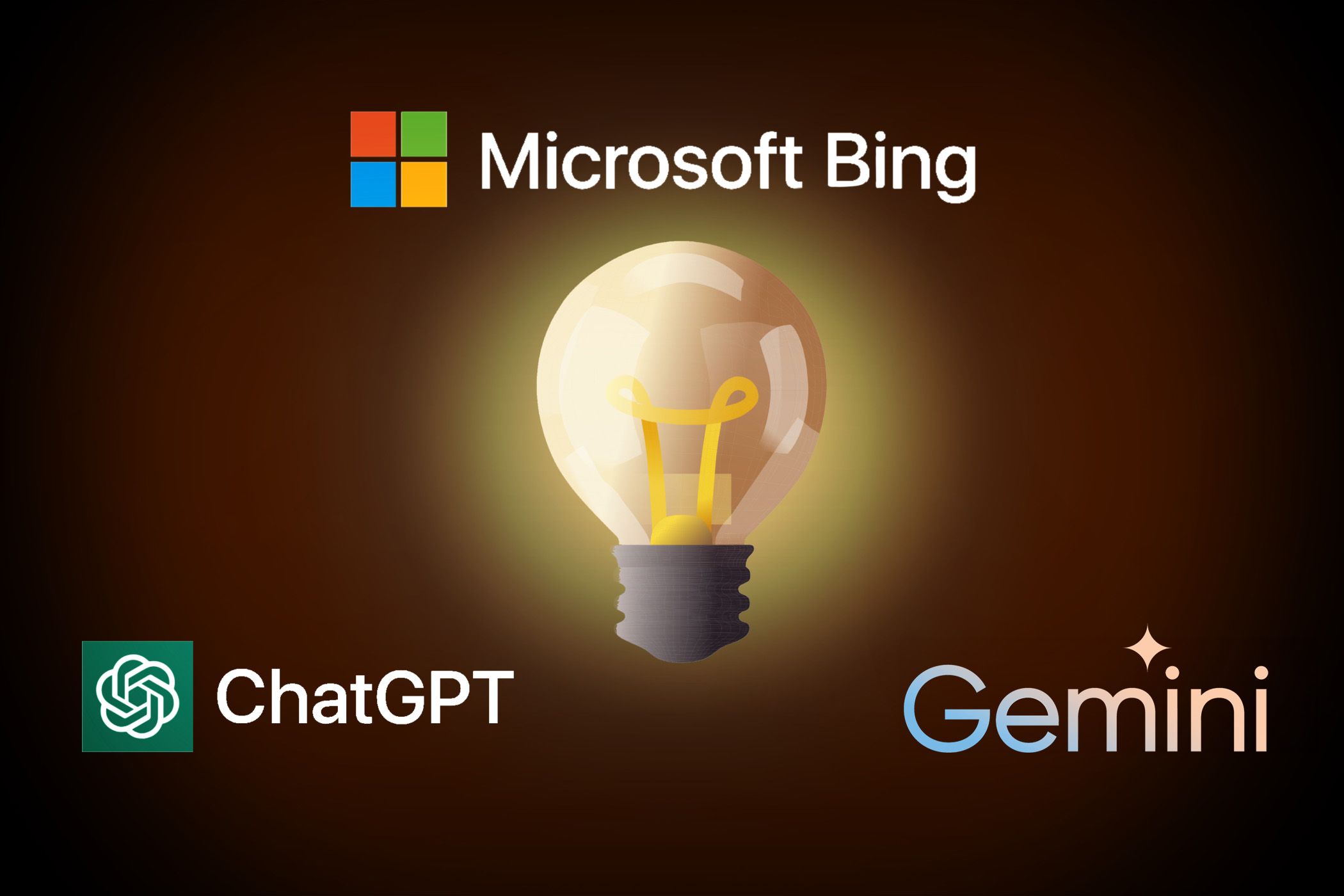
Cookiebot-Enhanced: Optimizing Your Site with Advanced Analytics

Cookiebot-Enhanced: Optimizing Your Site with Advanced Analytics
Back to The Intelligent Enterprise
How AI Can Help Government Agencies Win at Total Experience (TX)
by Bruce Orcutt, Chief Marketing Officer
Constituents demand fluid, convenient delivery of services without having to wait in line, and employees demand freedom from rote tasks to focus on work that taps into their specialized skills and expertise. By adopting a total experience (TX) approach, government entities can satisfy both parties, and AI-based tools enable them to achieve their goals while optimizing use of their current resources.
Share
When you think about industries known for outstanding customer service, government may not spring to the top of the list. Because government agencies don’t face the same competitive pressures as private-sector businesses, they’ve historically had little incentive to devote time and resources to improving experiences for their constituents. But today, public-sector organizations are facing pressures to modernize their services and improve experiences for both citizens and employees, and artificial intelligence (AI) is leading the way in driving progress towards their goals.
Keeping up with constituents
When the pandemic forced brick-and-mortar service providers to close their doors, traditionally in-person services in industries such as banking, dining, education, and even healthcare quickly became widely available via digital platforms. This development produced a dramatic shift in customer expectations, and suddenly the concept of taking time off work to stand in line at a government office came to be viewed as a glaring anachronism.
As Sha Hwang and Annelies Goger of the Brookings Institution recently noted , “The frustration many Americans experience in even the most basic interactions with government—like renewing a driver’s license or filing taxes—fractures trust in our institutions, which is already near historic lows.” In an effort to turn the tide, United States President Joe Biden signed an executive order calling on federal agencies to make services—particularly digital services—easier to use , more modernized, and more transparent.
Retaining top talent
Another unforeseen outcome of the pandemic is the “Great Resignation,” the wave of post-lockdown job changing that began in the spring of 2021—driven primarily, as a Gallup survey revealed, by workers who identified as being “not engaged” or “actively disengaged ”. While quit rates within the federal government remained relatively steady, the Rockefeller Institute of Government reports that the employment level in state and local government is still 928,000 below where it was before the pandemic hit .
The Great Resignation became a wake-up call to employers across industries about the importance of employee experiences as workers proved their willingness to seek elsewhere for stimulating work. Government agencies hoping to retain their own top talent are recognizing a vested interest in building experiences that inspire and engage the people who keep their services running.
Given the current state of affairs, government organizations on all levels—federal, state, and local—need strategies that elevate both citizen and employee experiences while optimizing the use of their resources.
What is total experience (TX)?
Total experience for government entities, according to Gartner, combines the disciplines of user experience (UX), citizen experience (CX), employee experience (EX) and multiexperience (MX) into one holistic approach toward service design and delivery. A TX strategy ensures that resources across CX, EX, UX and MX disciplines collaborate to uncover new opportunities for improved service delivery that increases both citizen and employee satisfaction and improves the government’s mission outcomes.
The approach made the research firm’s list of Top 10 Government Technology Trends for 2022 , on the grounds of its ability to drive progress towards the high-priority goals of retaining top talent and improving the delivery of citizen services. Principal Research Analyst Apeksha Kaushik recently commented , “Governments must move from a siloed approach to a cohesive strategy encompassing employee experience and citizen experiences across multiple platforms, channels, and technologies in the most intuitive user experience.”
The role of AI in improving TX
As government organizations explore strategies for achieving their TX goals, many are looking to the private sector for inspiration, and many of those inspiring stories center around the use of artificial intelligence. In businesses across industries, technologies such as machine learning, natural language processing (NLP), and natural language understanding (NLU) are enabling transformative experiences that benefit customers and employees alike. Here are just a few examples of AI-driven technologies that are helping businesses build a better TX.
Customer-facing chatbots
Chatbot technology has come a long way in recent years, and customer service teams in industries as diverse as banking, travel, and telecom are reaping the benefits. Chatbots enable customers to self-serve in fulfilling simple requests like resetting passwords or scheduling appointments. Because the bots are available 24/7, users can access services at their own convenience and avoid waiting on hold. On the employee side, agents are freed from rote tasks and can focus their attention on more complex cases that call upon their expertise as well as their people skills.
Intelligent process automation
Intelligent process automation uses AI-driven tools such as intelligent document processing, process mining, and predictive analytics to help organizations gain greater understanding of and control over their operations.
- Process mining delivers the data-driven insights teams need to remove bottlenecks and streamline workflows.
- Intelligent document processing extracts the data locked away in documents and feeds it directly into business processes to speed up workflows.
- Predictive analytics enables businesses to perfect process performance and optimize the use of resources.
Intelligent process automation enables employees to benefit from faster, smoother processes that minimize the need to track down paper trails or troubleshoot procedural breakdowns, while customers benefit from faster overall service delivery.
Customer sentiment analysis
When customers contact a business, machine learning and NLP tools can “listen in” to determine the caller’s intent, evaluate their emotional state, and even detect possible fraudulent behavior. For example, Deloitte’s Behavioral and Emotion Analytics Tool (BEAT) , developed for the financial services industry, monitors voice interactions to devise a “risk score” based on word choice, rate of speech, and other factors. The higher the score, the more the agent can be on alert for a potential complaint or possible fraudulent activity.
Identity proofing and affirmation
For industries at high risk for fraud, such as banking and insurance, offering mobile services such as customer onboarding and claim filing presents the dilemma of how to ensure that users are who they claim to be. With identity proofing and identity affirmation , users provide proof of their identity via identification (ID) cards, photos, and supporting documents, and AI-based tools step in to read, verify, and authenticate the submissions, including facial matching against a real-time “selfie.” Employees are freed from the tedious task of reviewing and verifying customer documents, and customers can enjoy historically in-person-only services with a few taps on their smartphones.
Government use case: Mobile identity verification for DMV offices
One government interaction nearly everyone can relate to is applying for or renewing a driver’s license at the U.S. Department of Motor Vehicles (DMV). As ABBYY recently told Federal News Network , “Everybody has had the experience of going into the department of motor vehicles and standing in line. It doesn’t mean you didn’t receive good service. But standing in line or taking time off work can be a big challenge and inconvenience.”
A secure mobile application can eliminate the need to go to the DMV office and wait, as long as it solves the key problem of enabling applicants to securely verify their identities. Document-centric identity proofing and affirmation allows users to submit photos of key documents, including IDs and utility bills, and take real-time selfie photos for comparison.
The California DMV has adopted this approach for its services, and the results have been impressive. “We’ve gone from 28 minutes per Real ID transaction to about 10 minutes,” Ajay Gupta, chief digital transformation officer at the California DMV recently told GCN . “AI-driven pre-screening is one of the reasons why we are able to do that. It also reduced customer visits because there are reduced returning customers due to incomplete documentation.”
Proving Identity in an Increasingly Remote World
Infographic
Choosing the right solutions
As government entity leaders begin exploring AI tools that can help them achieve their TX goals, they will quickly recognize that a single solution can involve many moving parts. Comprehensive identity proofing and affirmation, for example, encompasses ID reading, ID verification, biometric authentication, document analysis, and many other capabilities. While individual products are available to handle each of these requirements, the hassle of juggling multiple licenses with multiple vendors could erode some of the productivity benefits that AI has to offer.
Working with a single vendor, on the contrary, enables organizations to avoid the headaches of the piecemeal approach and discover additional advantages. For example, integration of all the various components has already been done, which is good news for the IT department, and if an issue does arise, they have a single point of contact for troubleshooting. Furthermore, organizations only have to get approval for a single provider—a definite plus for the government sector, where vendor approval processes can be lengthy and labor intensive.
Turning government entities into TX leaders
Government organizations can no longer cling to legacy citizen and employee experiences on the grounds that “it’s the way we’ve always done it.” Constituents demand fluid, convenient delivery of services without having to wait in line, and employees demand freedom from rote tasks to focus on work that taps into their specialized skills and expertise. By adopting a TX approach, government entities can satisfy both parties, and AI-based tools enable them to achieve their goals while optimizing use of their current resources.

Bruce Orcutt
Chief Marketing Officer at ABBYY
Bruce Orcutt is a passionate marketing and leadership executive focused on driving market growth and awareness in digital transformation and intelligent automation. As Chief Marketing Officer at ABBYY, Orcutt leads the global product strategy, go to market, launch, pricing, competitive analysis, analyst relations, communications and thought leadership, win/loss analysis, and sales enablement for the entire ABBYY intelligent automation portfolio. His goal is to help global enterprises understand the hype from reality of the latest artificial intelligence (AI) technologies and ensure they leverage purpose-built AI to achieve their transformation goals.
Orcutt was previously SVP of Product Marketing where he led the product strategy transforming ABBYY from an OCR technology vendor to ISVs to the leading provider of intelligent document processing (IDP) for global enterprises. He helped conceive, develop, and launch two new SaaS platforms for IDP and process mining with vertical focus areas in financial services, insurance, healthcare, government, and transportation and logistics. Additionally, Orcutt helped migrate the company and portfolio to subscription and recurring revenue models.
He is a thought leader with market domain expertise in AI, machine learning, process and task mining, document and data capture, digital transformation, intelligent document processing, and hyperautomation. He also has deep experience with mobile platforms, customer experience, and has a passion for customer excellence.
Connect with Bruce on LinkedIn .
Additional Insights:
1 / 3
Top Reasons Why Customers Abandon Your Onboarding Processes…and How to Fix Them
Creating an Intelligent Automation Symphony
Document AI Creating a Safer World
Customer Point of View: Approach Automation Step by Step
Three Ways AI Is Making Employees Happier
The Changing Role of the Finance Leader
Welcome to The Intelligent Enterprise
Subscribe for updates
Get updated on the latest insights and perspectives for business & technology leaders
First name*
Last name
E-mail*
Сountry*
СountryAfghanistanAland IslandsAlbaniaAlgeriaAmerican SamoaAndorraAngolaAnguillaAntarcticaAntigua and BarbudaArgentinaArmeniaArubaAustraliaAustriaAzerbaijanBahamasBahrainBangladeshBarbadosBelgiumBelizeBeninBermudaBhutanBoliviaBonaire, Sint Eustatius and SabaBosnia and HerzegovinaBotswanaBouvet IslandBrazilBritish Indian Ocean TerritoryBritish Virgin IslandsBrunei DarussalamBulgariaBurkina FasoBurundiCambodiaCameroonCanadaCape VerdeCayman IslandsCentral African RepublicChadChileChinaChristmas IslandCocos (Keeling) IslandsColombiaComorosCongo (Brazzaville)Congo, (Kinshasa)Cook IslandsCosta RicaCroatiaCuraçaoCyprusCzech RepublicCôte d’IvoireDenmarkDjiboutiDominicaDominican RepublicEcuadorEgyptEl SalvadorEquatorial GuineaEritreaEstoniaEthiopiaFalkland Islands (Malvinas)Faroe IslandsFijiFinlandFranceFrench GuianaFrench PolynesiaFrench Southern TerritoriesGabonGambiaGeorgiaGermanyGhanaGibraltarGreeceGreenlandGrenadaGuadeloupeGuamGuatemalaGuernseyGuineaGuinea-BissauGuyanaHaitiHeard and Mcdonald IslandsHoly See (Vatican City State)HondurasHong Kong, SAR ChinaHungaryIcelandIndiaIndonesiaIraqIrelandIsle of ManIsraelITJamaicaJapanJerseyJordanKazakhstanKenyaKiribatiKorea (South)KuwaitKyrgyzstanLao PDRLatviaLebanonLesothoLiberiaLibyaLiechtensteinLithuaniaLuxembourgMacao, SAR ChinaMacedonia, Republic ofMadagascarMalawiMalaysiaMaldivesMaliMaltaMarshall IslandsMartiniqueMauritaniaMauritiusMayotteMexicoMicronesia, Federated States ofMoldovaMonacoMongoliaMontenegroMontserratMoroccoMozambiqueMyanmarNamibiaNauruNepalNetherlandsNetherlands AntillesNew CaledoniaNew ZealandNicaraguaNigerNigeriaNiueNorfolk IslandNorthern Mariana IslandsNorwayOmanPakistanPalauPalestinian TerritoryPanamaPapua New GuineaParaguayPeruPhilippinesPitcairnPolandPortugalPuerto RicoQatarRomaniaRwandaRéunionSaint HelenaSaint Kitts and NevisSaint LuciaSaint Pierre and MiquelonSaint Vincent and GrenadinesSaint-BarthélemySaint-Martin (French part)SamoaSan MarinoSao Tome and PrincipeSaudi ArabiaSenegalSerbiaSeychellesSierra LeoneSingaporeSint Maarten (Dutch part)SlovakiaSloveniaSolomon IslandsSouth AfricaSouth Georgia and the South Sandwich IslandsSouth SudanSpainSri LankaSurinameSvalbard and Jan Mayen IslandsSwazilandSwedenSwitzerlandTaiwan, Republic of ChinaTajikistanTanzania, United Republic ofThailandTimor-LesteTogoTokelauTongaTrinidad and TobagoTunisiaTurkeyTurks and Caicos IslandsTuvaluUgandaUkraineUnited Arab EmiratesUnited KingdomUnited States of AmericaUruguayUS Minor Outlying IslandsUzbekistanVanuatuVenezuela (Bolivarian Republic)Viet NamVirgin Islands, USWallis and Futuna IslandsWestern SaharaZambiaZimbabwe
I have read and agree with the Privacy policy and the Cookie policy .*
I agree to receive email updates from ABBYY Solutions Ltd. such as news related to ABBYY Solutions Ltd. products and technologies, invitations to events and webinars, and information about whitepapers and content related to ABBYY Solutions Ltd. products and services.
I am aware that my consent could be revoked at any time by clicking the unsubscribe link inside any email received from ABBYY Solutions Ltd. or via ABBYY Data Subject Access Rights Form .
Referrer
Query string
GA Client ID
UTM Campaign Name
UTM Source
UTM Medium
UTM Content
ITM Source
Page URL
Captcha Score
Connect with us
Also read:
- [New] In 2024, Copyright Clarity for Instagram Tracks
- [Updated] Democratize Your Digital Dedication Increase Your Follower Count for 2024
- [Updated] Harmonizing Audioscape/Visumedia Network for 2024
- [Updated] Harmony & Law Instagram's Music Codex for 2024
- ABBYY Global IDPトレンドの最新発表:成果報告書解説
- ABBYY Présente Ses Innovantes Technologies IA Pour L'extraction De Données Au Salon Banque & Innovation - Événement Clé 2018
- ABBYY社における世界的な持続可能性への道: SDGs達成へ向けた取り組み
- How to Transfer Data from Samsung Galaxy M54 5G to Any iOS Devices | Dr.fone
- In 2024, Innovative Techniques in Picking the Best FPV Drone Propellers
- In 2024, Jake Paul's YouTube Success Story
- In 2024, Unveiling the Secrets Acquiring Attractive Pexel Photos
- New Appointment Alert: Markus Pichler Ascends as EVP for European Commercial Business at D'ABBYY - Official News Release
- Solving Slow Texture Loading on Far Cry 6 PlayStation
- Uncovering the Determinants of Effective Vs. Ineffective Intelligent Automation - Insights From an ABBYY Report
- Understanding Pages in Digital Marketing: Key Concepts for SEO Success
- Title: Cookiebot-Enhanced: Optimizing Your Site with Advanced Analytics
- Author: Matthew
- Created at : 2024-10-07 22:24:07
- Updated at : 2024-10-14 18:00:24
- Link: https://solve-popular.techidaily.com/cookiebot-enhanced-optimizing-your-site-with-advanced-analytics/
- License: This work is licensed under CC BY-NC-SA 4.0.






